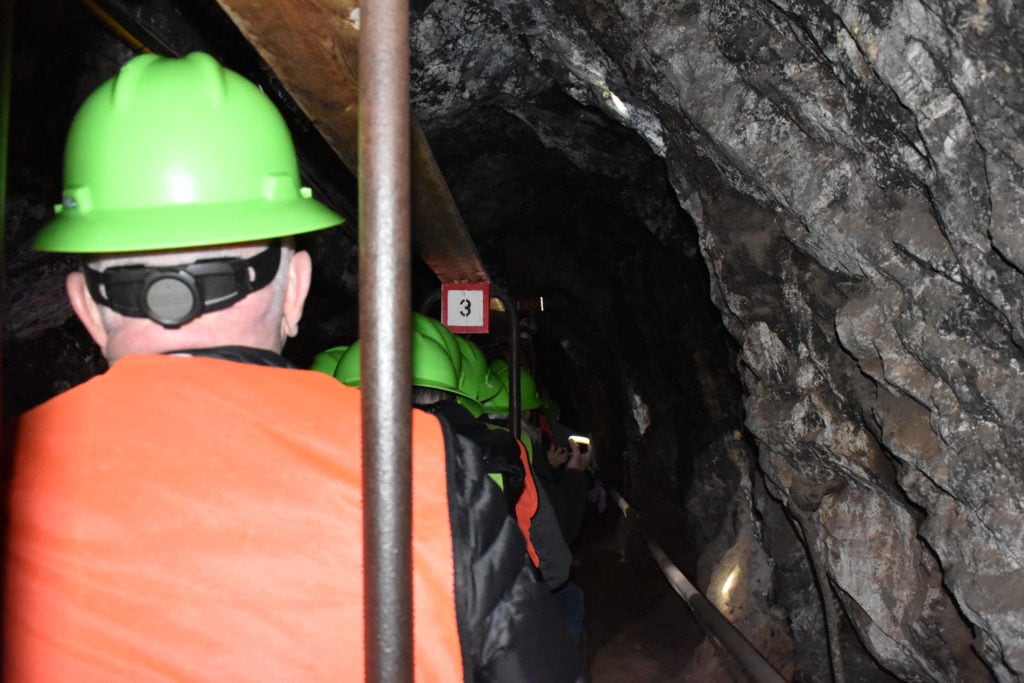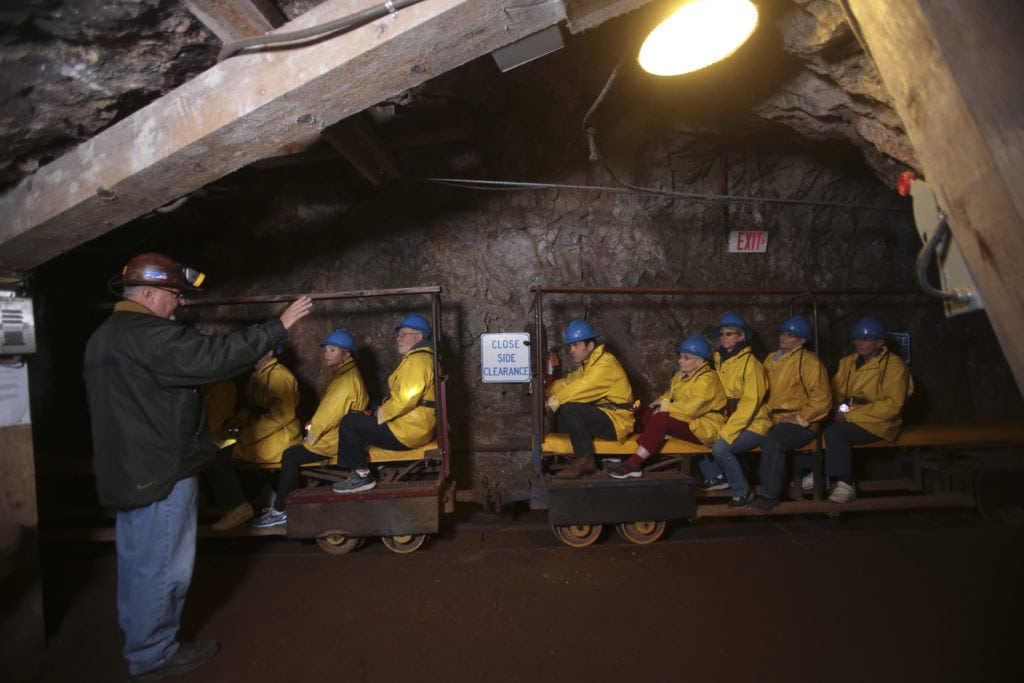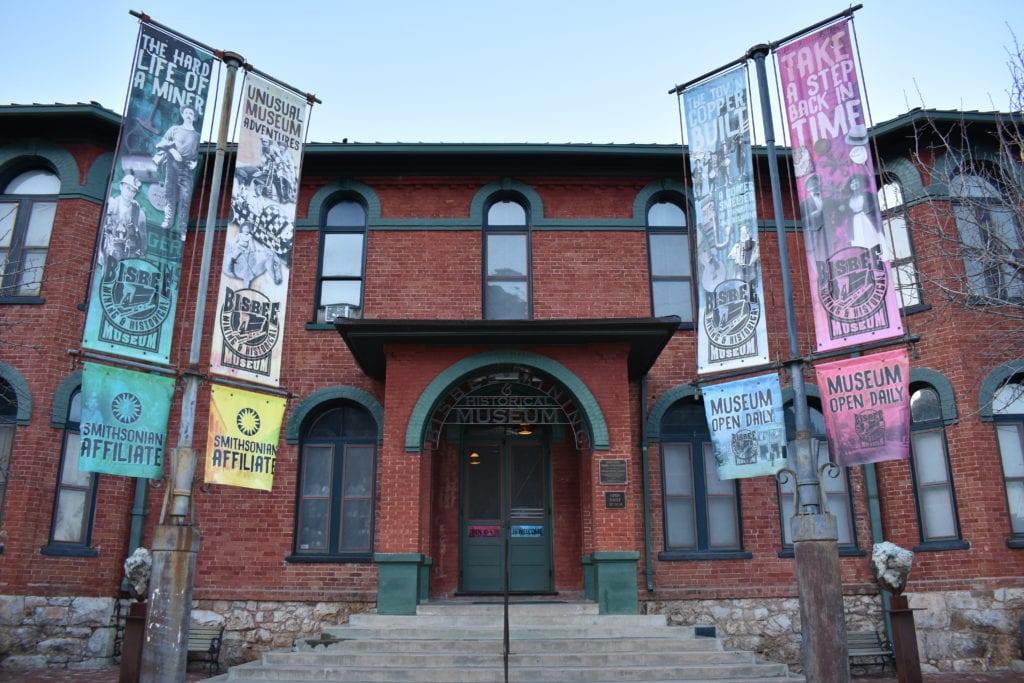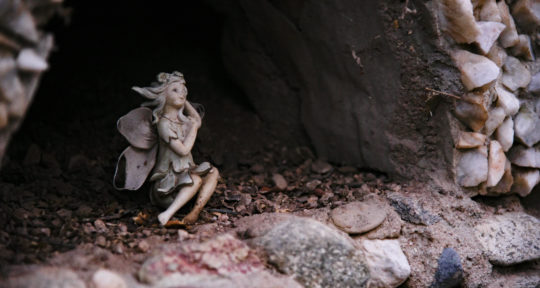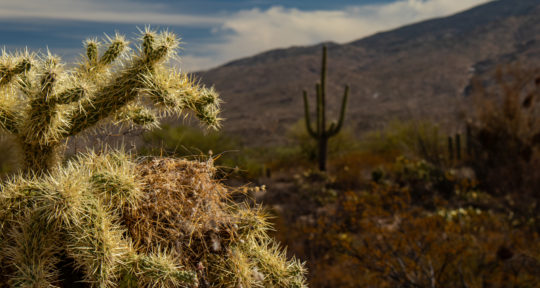I approach the wind tunnel with trepidation. Vibrations from powerful turbines pulse through my body, blasting me with 150-mph currents. I hold my breath, cross my arms to my chest, and fall inwards. Suddenly, I’m flying.
Tucson, Arizona, is a treasure trove of unique sights and activities. From exploring slimy caves deep underground to flying high in an indoor skydiving facility, a trip to the Old Pueblo will reveal a whole new span of wonders, often taking you from the highest highs to the lowest lows.
Kartchner Caverns
Kartchner Caverns is a wonderfully accessible cave about an hour southeast of Tucson. It’s a rare wet cave; water seeps slowly down from the surface, depositing minerals and creating unusual formations. Even though southern Arizona is famous for its dry, desert air, the humidity in the cave hovers around 99 percent for most of the year.
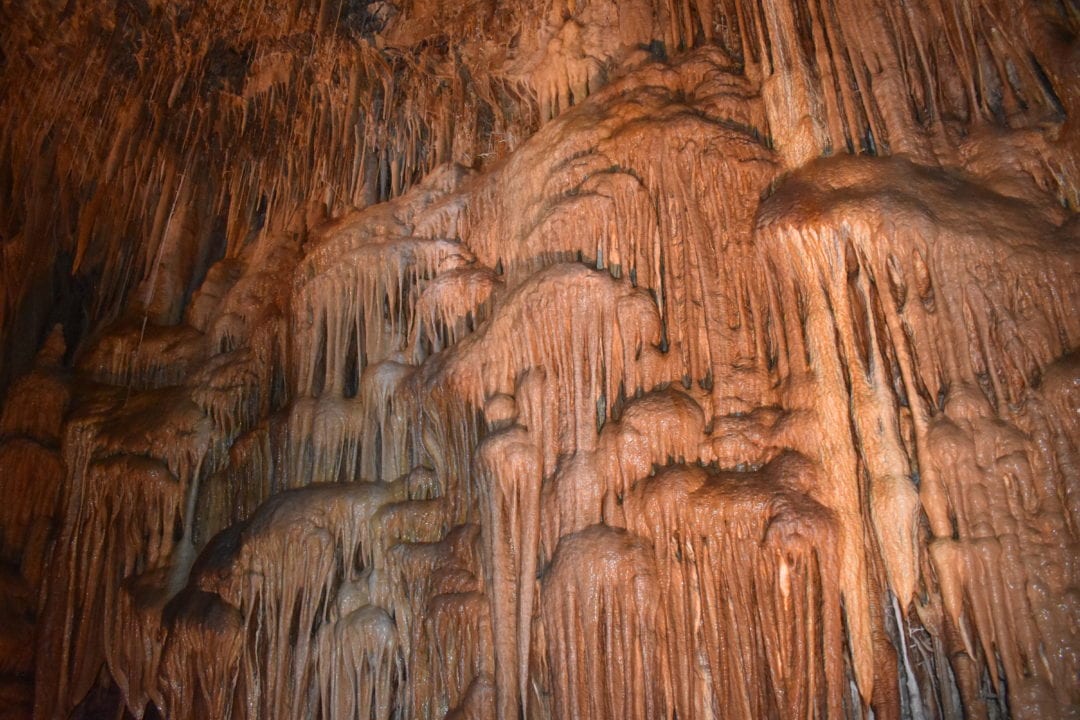
I visit the caverns on a crisp February morning. The air outside is 40 degrees, and our group of explorers is happy to enter the cave to take refuge in its mild 70-degree temperatures. The caverns are sealed off by big metal doors that hold in the humidity. If the cave is exposed to outside air for too long, it will start to dry out and the calcite formations, known as speleothems, would cease to exist.
The strange shapes around me immediately grab my attention. There are delicate soda straws (long, skinny, hollow stalactites), shields (a plate-like formation with stalactites hanging off the ends), and massive columns (when a stalactite and stalagmite meet to form one vertical entity), all with a variety of captivating colors and textures. My favorite formation, known as cave bacon, is a broad, draped rectangle with several stripes of colors that makes it resemble its namesake breakfast food.
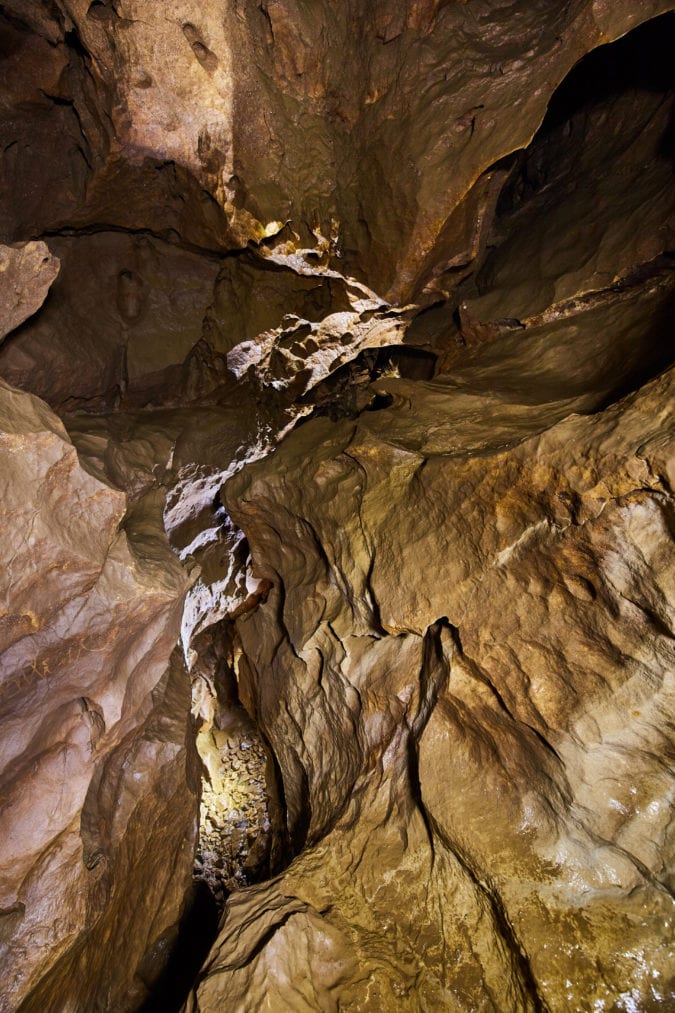
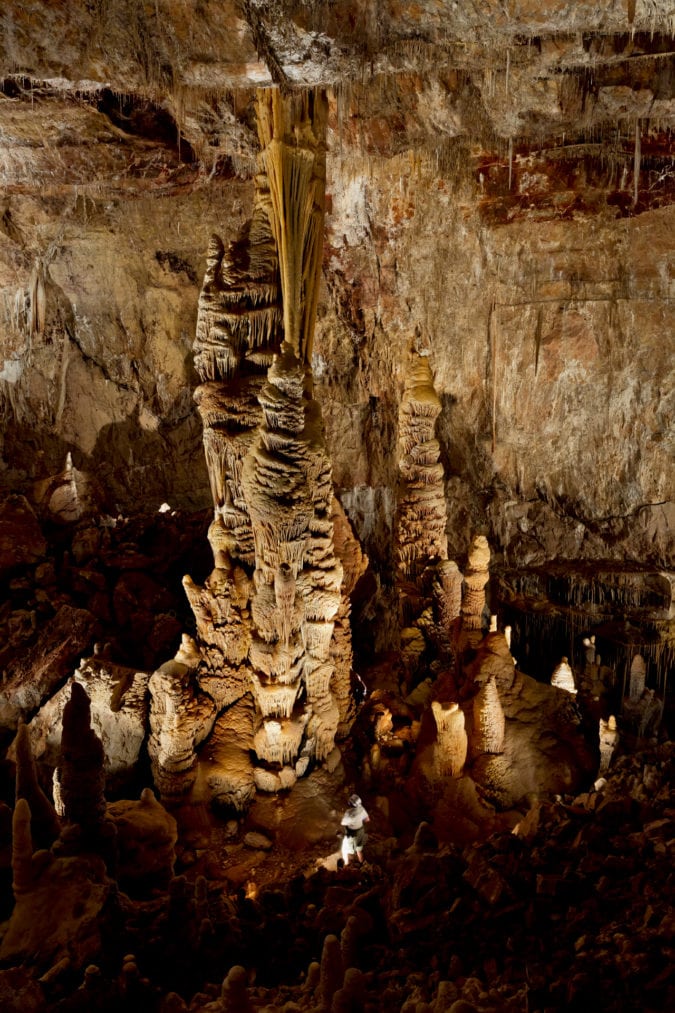
Cave Unit Ranger Heidi Lauchstedt, who works to preserve the delicate formations and keep the caverns in pristine shape, says visitors are fascinated by what they see inside the park. “So many people tell me they’ve been to a lot of caves, but never one like this,” she says. And I have to agree. Despite being hundreds of feet below ground, I strangely don’t feel closed in but rather welcomed and even comforted by the dark dampness.
The Queen Mine
Further down south, just a few miles from the Mexico border, lies the historic town of Bisbee and the Queen Mine.
In the early 1900s, the Queen Mine was the most productive copper mine in Arizona and I’m here to see what it was actually like to be a miner during its heyday. My tour is led by 81-year-old David Morales, a former employee of the mine who began working here in 1956, when he was just 18. He starts the tour by sharing a story about the time he was trapped for six hours when part of the mine caved in.
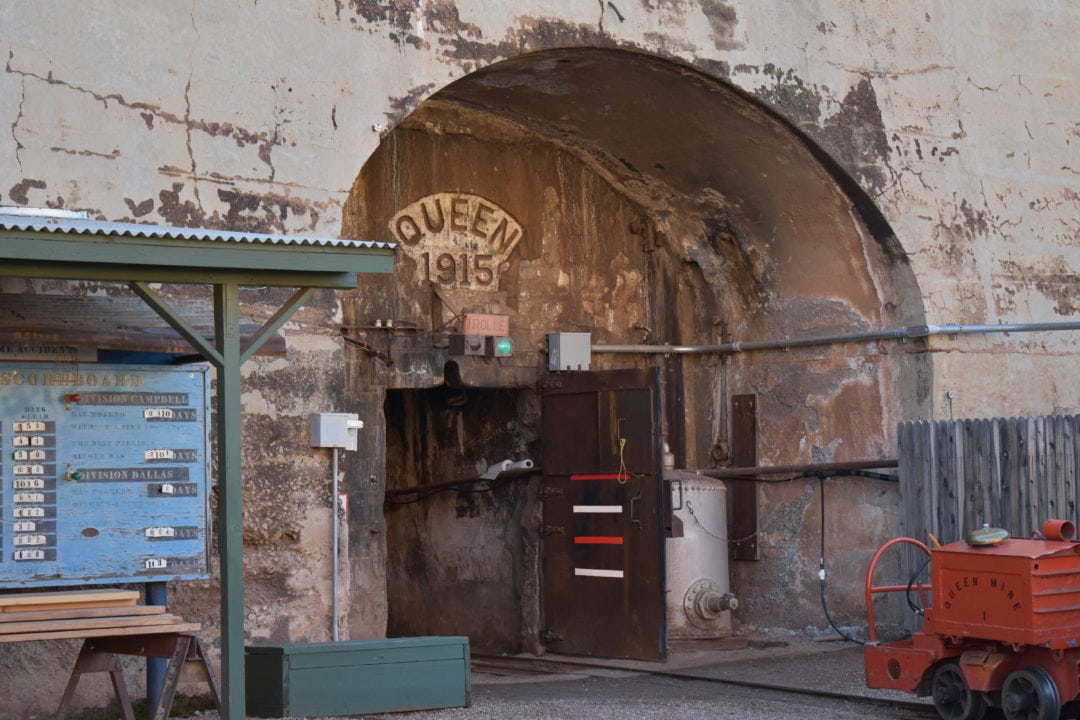
After suiting up in a hard hat and fluorescent safety vest, I board an original minecart train and ride into the bowels of the mountain. Visitors are never far from the entrance, but we get off twice to walk further into the depths, and I understand more about what it was like for workers who tarried underground for a living. Some of the black walls still have shiny traces of malachite and native silver—finds that were too small to be worth removing.
Thinking back to Morales’ story, I immediately panic when I begin to hear a low rumbling sound. But Morales assures me it’s merely a system to keep fresh air flowing inside the mine. Once we’re back above ground, I ask what has kept the town of Bisbee going since the closing of the mine in 1975.
“The hippies saved the town,” Morales says, referring to a mass influx of artists who moved from San Francisco in the mid-1970s.
Riding into the depths of the mine. | Photo: Amanda Ramirez All visitors have to wear hard hats and yellow vets. | Photo courtesy of Queen Mine Tour Company. The Brisbee Mining & Historial Museum. | Photo: Amanda Ramirez
And he’s right. Today, you’ll find that Bisbee’s eclectic saviors have turned the town into an ornamental oasis, with renovated historic hotels and farm-to-table dining. Visitors can easily spend a few hours enjoying the city, nearby sights and, of course, the Queen Mine.
SkyVenture Arizona
SkyVenture Arizona, located less than an hour north of Tucson in the small town of Eloy, is the perfect place to go for some Sonoran Desert excitement. Built in 2005, SkyVenture Arizona has been helping people from around the world experience the joys of skydiving, all from a controlled, indoor environment. Powered by four turbine engines that propel air at speeds of 150 mph, visitors can float in a 14-foot-wide tunnel and learn how to position their body and hold it above ground.
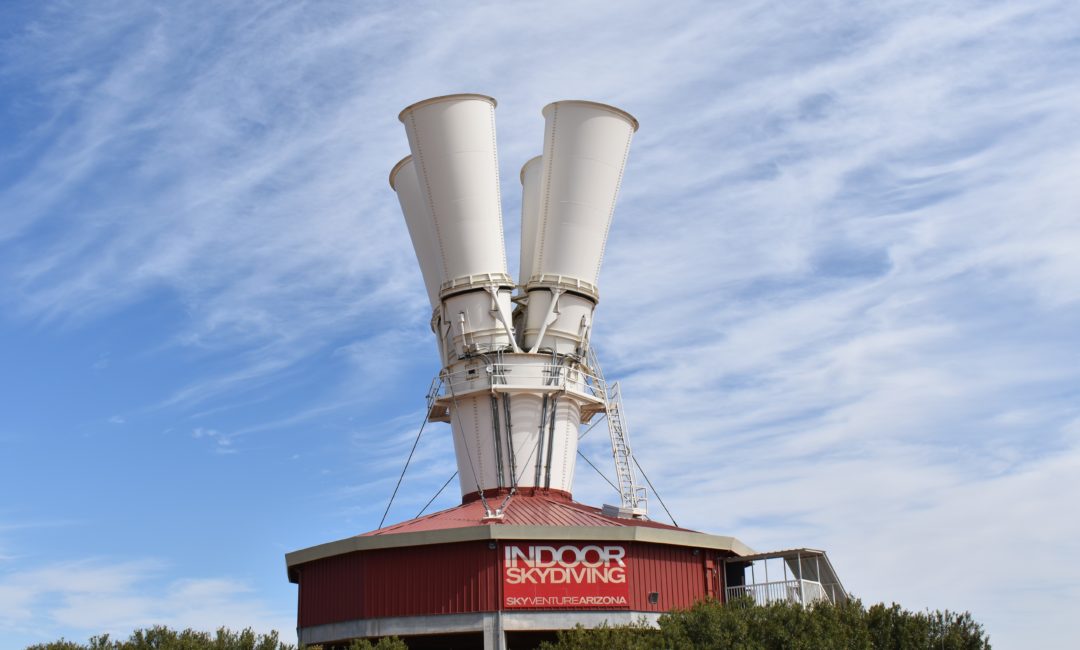
As I enter the tunnel, the roar of the engines gives me the sense that something powerful is nearby. My instructor, G.T. Tipton, accompanies me into the tunnel chamber. He secures the door and motions for an operator to crank up the wind speed. I nervously approach the center of the tunnel and, reluctantly, trust-fall toward the ground.
Whooshing air immediately holds up my body and assaults my senses. I smile with joy but get a stream of air into my mouth and throat. It is pure exhilaration. I try to hold my body prone, but it’s so much harder than the safety video made it look. One minute I’m shooting up toward the ceiling and the next I’m sinking down fast. But Tipton is never far and grabs my legs to help steer me and bring me back down. I feel weightless and free.
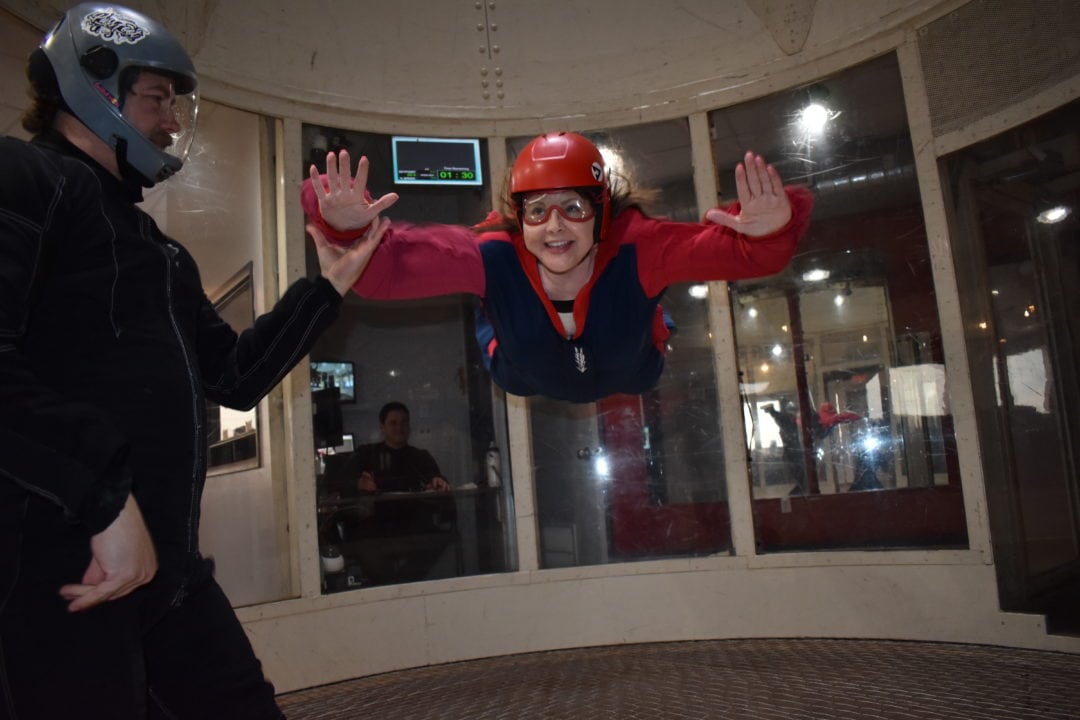
And just like that, the experience is over. I walk out of the tunnel channeling all my daredevil friends who would love this and figuring out when I can bring them back for a visit.
Kitt Peak National Observatory
As I drive westward away from Tucson, Kitt Peak National Observatory looms ahead. Situated within the Tohono O’odham Nation, the observatory hosts one of the largest collections of optical telescopes in the word. The high elevation, dry air, and minimal light pollution make the location ideal for both stargazers and astronomers.
I head up a winding road to the almost 7,000-foot summit where the observatory sits. I’m here for one of the popular nighttime programs and an opportunity to get up close and personal with the stars.
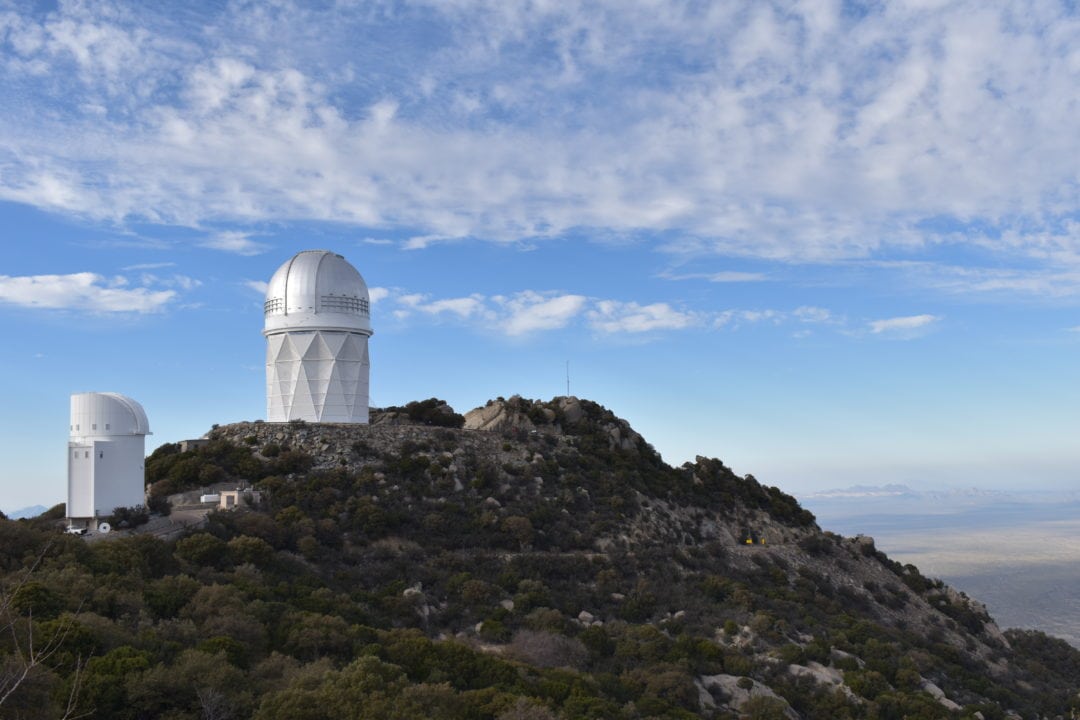
A key provision for the nighttime programs is that all white light must be completely banned— including camera flashes, cell phones, and car headlights—because it may interfere with data being collected from the telescopes in operation. Instead, I’m given a small red light flashlight to help guide the way.
As the sun sets and darkness settles in, I’m awestruck by the view—there are more stars than I could ever possibly count. Venus winks brightly in the west and the hazy Milky Way weaves its way through the center of the sky. With the help of a telescope, I’m transported to even more galaxies and nebulas—things impossible to see with the naked eye.
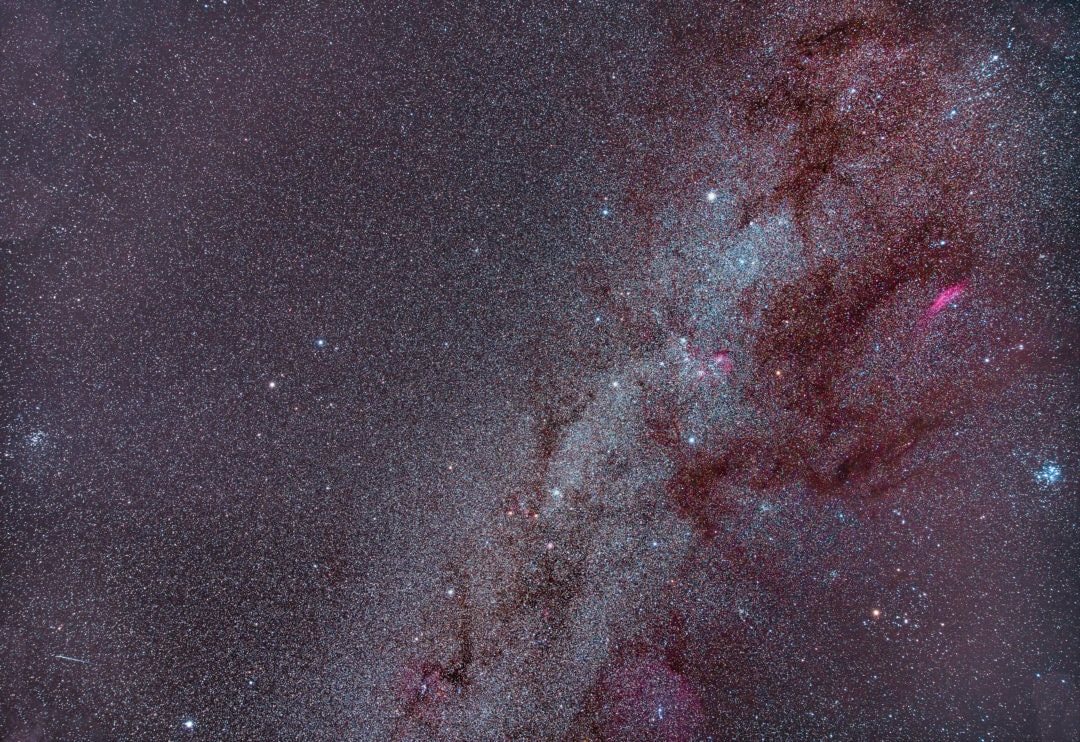
As I think back on my trip and the experiences I’ve had, from glimpsing far away galaxies and soaring like a bird, to seeing an underground cave full of life and journeying to the center of a mountain, I realize there is no shortage of adventure around me. Both above and below.
Take this trip
To explore all the places mentioned above, and a few extra hidden gems, check out the trip below.

